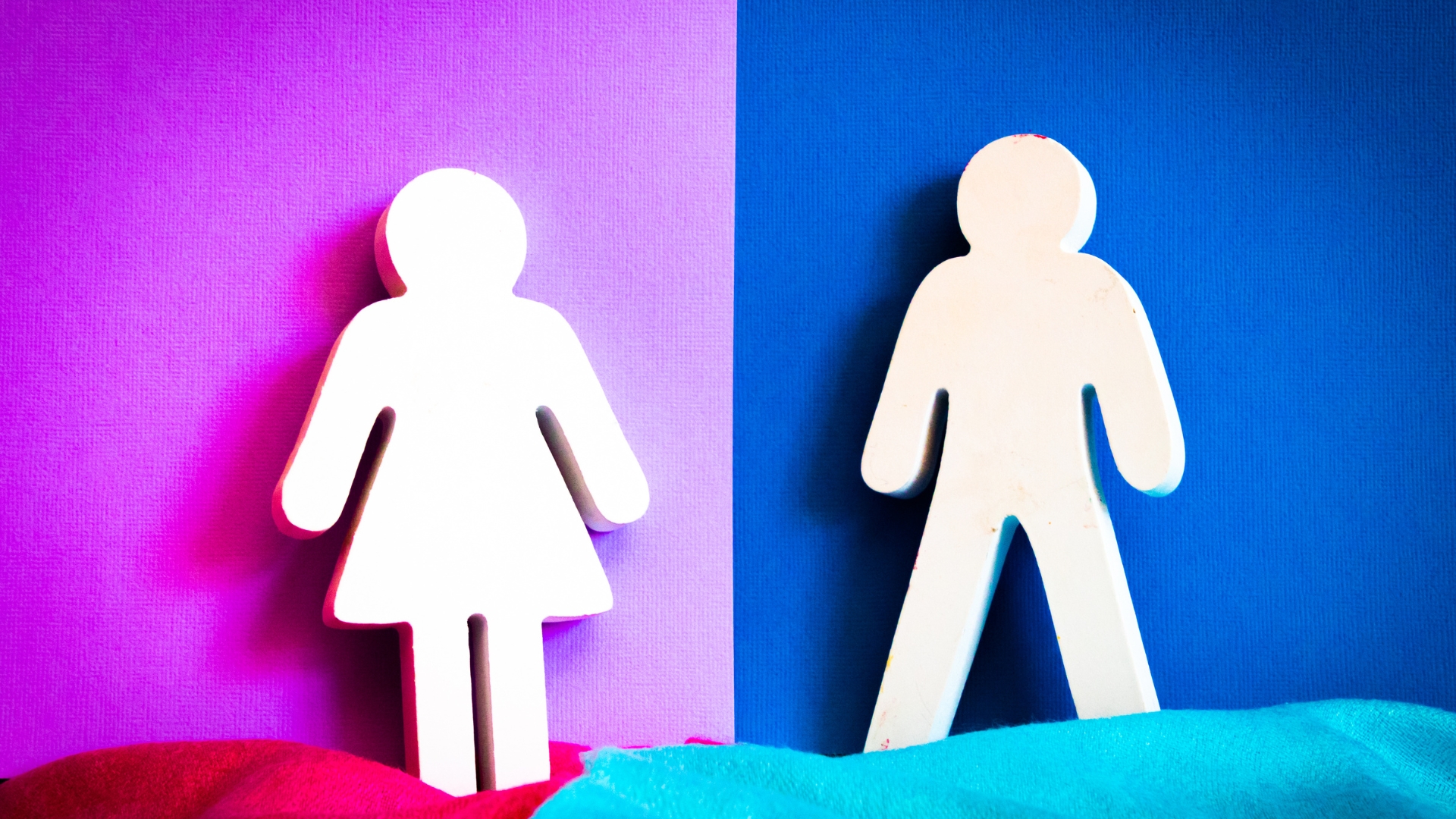Sexuality and Gender

In today’s world, the topics of gender and sexuality are more visible than ever. It is a topic that individuals often have very strong opinions on. For some, it may be a point of discomfort or a taboo topic to talk about. While I could spend hours exploring this topic, I aim here to provide a brief overview.
Sex refers to one’s biological makeup. On the biological level, factors like chromosomes may determine this. Descriptors of sex may include male, female, intersex.
Gender is a more complex concept. Gender is a social construct – a shared idea or meaning that exists within a society. For example, what is considered ‘masculine’ or ‘feminine’ is socially constructed. The meaning of these concepts can change depending where one is in the world. Descriptors of gender may include masculine, feminine, transgender, cisgender, androgynous, non-binary, etc
One’s sexual orientation refers to whom one is attracted to in intimate relationships. Descriptors of sexual orientation man include heterosexual, homosexual, bisexual, pansexual, asexual etc.
When we consider sex, gender, and sexual orientation together, we begin to describe how an individual experiences themselves and relates to others—including their ideal partner. However, this brief description barely scratches the surface. There are many more aspects to explore, such as non-monogamyandsexual practices.
Sex, gender and sexuality exist on a spectrum and are fluid. That is, they do not exist in binary options – either/or’s, and they can change or shift.
The ‘Either/Or’ and ‘Both/And’
Living in an ‘either/or’ world can limit one’s options, choices and self-expression. It discounts so much possibility and closes the door to conversation. Unlike ‘both/and’. In the world of ‘both/and’ – all possibilities exist. It is a place of enormous creativity and individuality, and approaches a more accurate description of self. It opens up the world to a conversation and countless possibilities. ‘Both/and’ allows for movement, change and evolution.
Some Concluding Thoughts:
1. Use inclusive language
In conversation, one may use terminology that makes assumption without realising it. For example, asking about an individual’s “boyfriend” or “wife” implies or assumes one’s gender and sexual orientation. More inclusive terms include “partner” and “significant other”. One can also enquire about an individual’s preferred pronoun.
2. Be Open and Curious
Individuals often operate from a heteronormative framework. That is a big word meaning individuals operate from the assumption that heterosexuality is the ‘normal’, ‘default’ or ‘correct’ worldview. Using inclusive language is a simple but powerful first step towards challenging these assumptions.
3. Let go of Old Myths
- The idea that there are only two genders is not factually accurate.
- ‘It is just a phase’. An individual’s sexual orientation or gender identification/expression is not just a phase.
Sex, gender, and sexuality do not exist as black-and-white categories but rather as spectrums of experience. This blog merely offers an introduction to a deeply rich and personal area of human life. Gender and sexuality are integral to our sense of self and how we relate to others.
At Thrive, we are committed to creating an LGBTQIA+ affirming environment where individuals feel safe to explore these topics. Should you wish to make an appointment, I am available at Thrive Psychology.
- Steve
